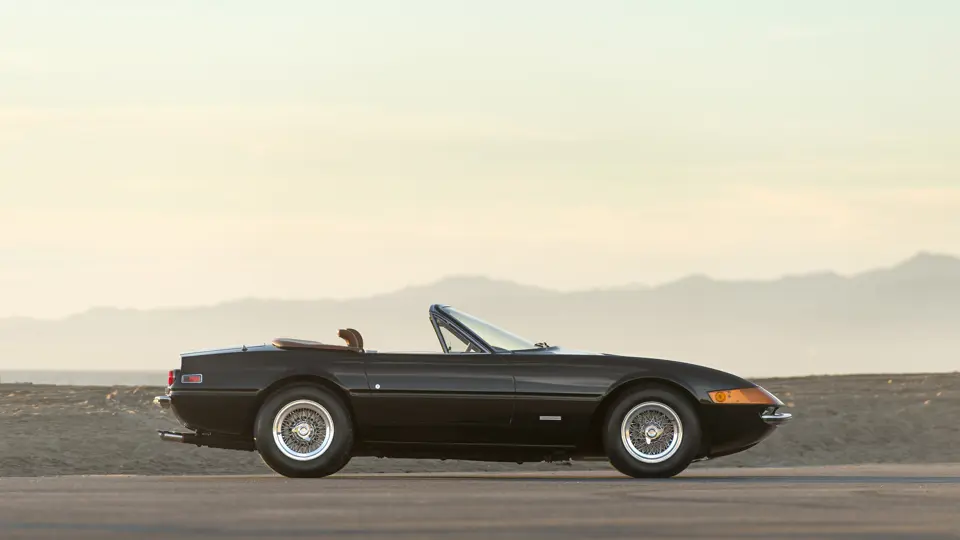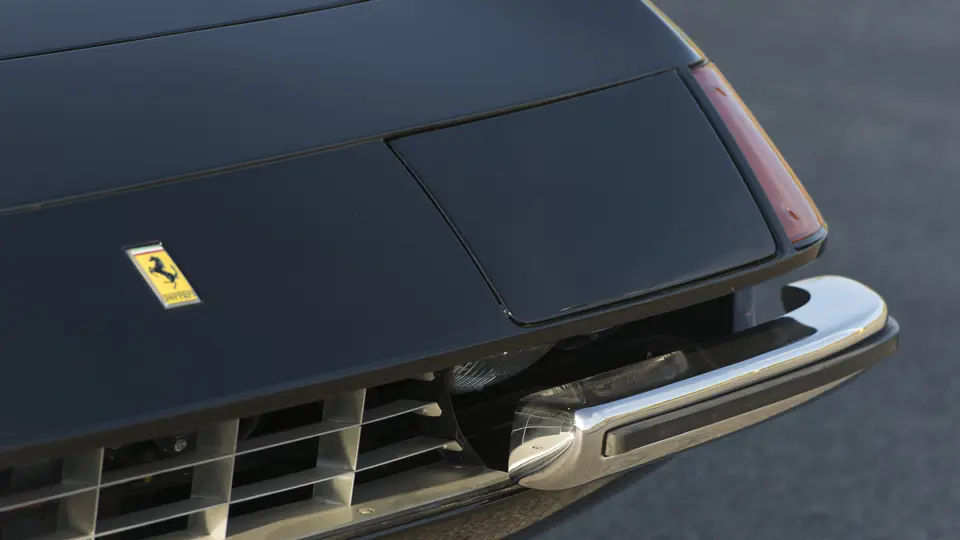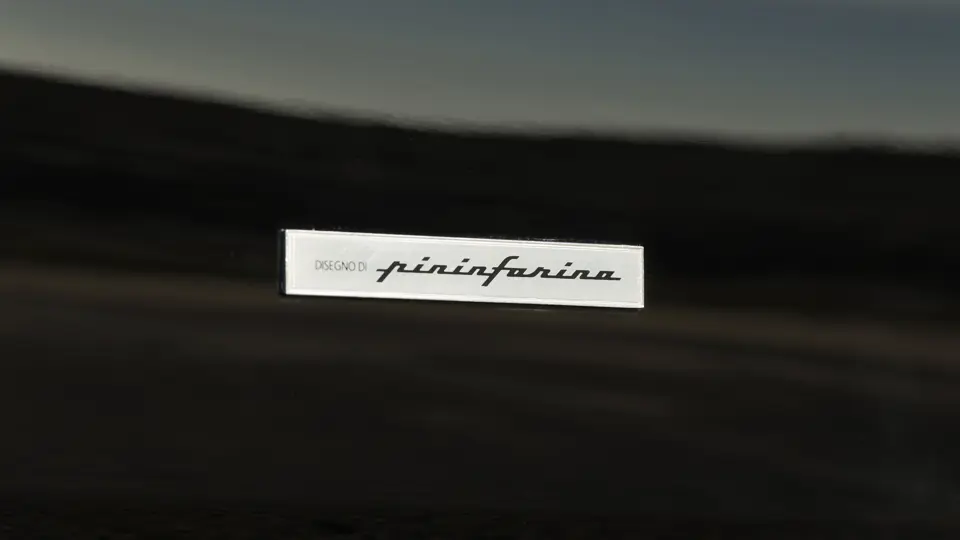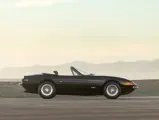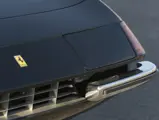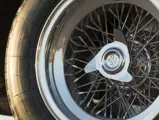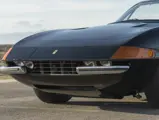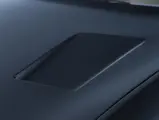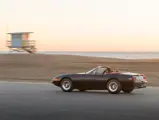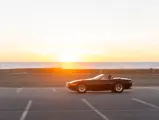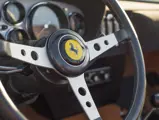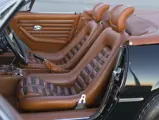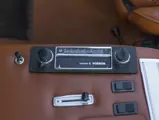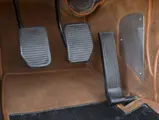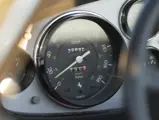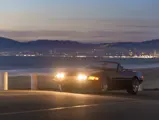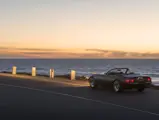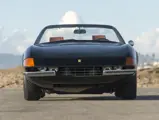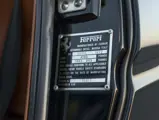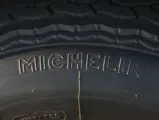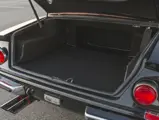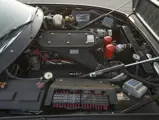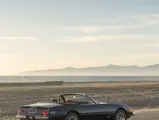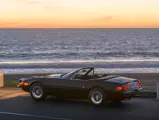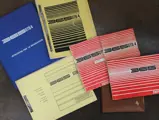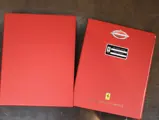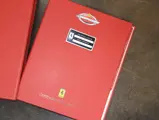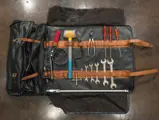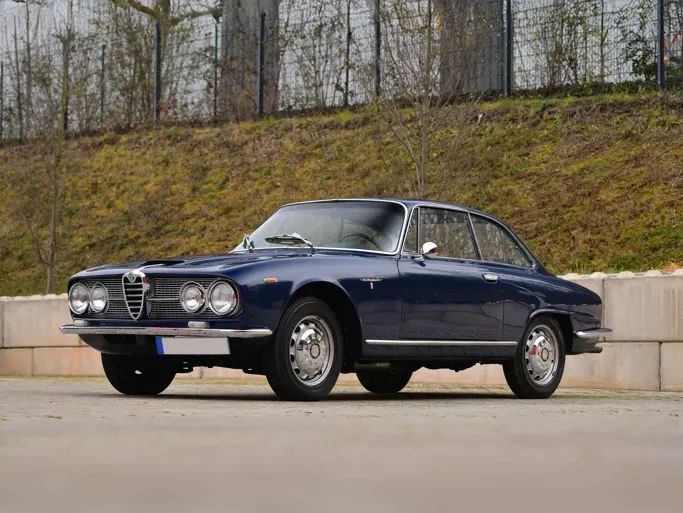
1972 Ferrari 365 GTB/4 Daytona Spider by Scaglietti
{{lr.item.text}}
$3,300,000 USD | Sold
{{bidding.lot.reserveStatusFormatted}}
- Ferrari Classiche certified
- A genuine Daytona Spider; one of 121 built
- Platinum Award winner at the 2013 Cavallino Classic
- Beautifully restored, with minimal use since
- Presented in its original Nero over Beige Scuro color combination; one of two Daytona Spiders originally finished as such
352 hp, 4,390 cc DOHC V-12 engine with six Weber 40 DCN17 carburetors, five-speed manual transaxle, independent front and rear suspension by coil springs and wishbones, and four-wheel hydraulic disc brakes. Wheelbase: 94.5 in.
Until the introduction of the 550 Maranello, the 365 GTB/4 represented the end of the line for Ferrari’s two-seater front-engined V-12 grand touring cars, and it was a fantastic automobile in every regard. While many believed at that time that mid-engined sports cars were the way of the future, which was spurred on by the introduction of Lamborghini’s Miura, Ferrari stuck with their tried-and-true formula of keeping their V-12 in the front, and they were still able to create a record-breaking automobile. A sprint from 0 to 60 mph took just 5.4 seconds and led onwards to a top speed of 174 mph, making this the fastest production car in the world at the time of its unveiling in 1968. The car, nicknamed “Daytona” after Ferrari’s legendary 1-2-3 finish at the 1967 24 Hours of Daytona, was a wonderful replacement to the 275 GTB/4, as it was vastly different from its predecessor in design but still distinctly a Ferrari.
Many believed that it would be hard to top the Daytona Coupe, but Ferrari had one last trick up their sleeves. The first Daytona Spider was shown to the public at the Frankfurt Motor Show in September 1969, and it was finished in an eye-catching yellow, with a black interior and Borrani wire wheels. While the body contours remained largely identical to the coupe, the rear wings on the spider were squared-off on the top edges. This first spider was also fitted with Plexiglas-covered headlights, like the earliest European-specification Daytona Coupes, but all production Daytona Spiders were fitted with the later pop-up headlights. The car all but stole the show at its unveiling, and many existing clients immediately expressed interest.
Ferrari only built 121 true Daytona Spiders, which represents just a fraction of the 1,406 total examples built during Daytona production. Although a number were converted to spiders later in their life, genuine Daytona Spiders command a substantial premium over coupes and are undoubtedly the most desirable Daytonas built. Ninety-six examples were slated for the U.S. market, with the remainder of the production run earmarked for Europe. It goes without saying that these cars are highly sought after by collectors, not only for their rarity but also for the added thrill of open-air V-12 motoring.
CHASSIS NUMBER 15417
Chassis 15417, the Daytona Spider presented here, is indeed one of the one hundred twenty-one true Daytona Spiders constructed by the factory. The car was completed in April 1972 as a U.S.-delivery example finished in Nero (20-b-50) over a Beige Scuro (VM 846) leather interior with matching Daytona inserts, just as it appears today. This would be the first of three Daytona Spiders to be finished in black, only one of two also fitted with beige interiors. Additionally, it was fitted with air conditioning, a tonneau cover, and a Voxson radio. It was shipped stateside in October 1972 and delivered new to Ferrari’s East Coast distributorship, Luigi Chinetti Motors of Greenwich, Connecticut. The car was originally ordered for Professor Dr. Calvin L Stevens, of Edwardsville, Illnois, who was the founder of a Florida-based specialty chemical company, Ash Stevens Inc.
Interestingly enough, Dr. Stevens did not actually take delivery of the car, and its first private owner was William M. Whitelaw Jr., of Dublin, Ohio. Whitelaw would not own the Daytona Spider for long, and by February 1974, it was owned by Robert L. Smith, of Hinsdale, Illinois. By the early 1990s, it was noted that the car had accumulated about 33,000 miles. In 1998, the car was owned by Jeffery Schwartz, and in his ownership, it was sent to the Ferrari specialists at Classic Coach, of Elizabeth, New Jersey, where it received a full restoration. The car’s restoration was completed in January 2000, and it was refinished in Nero over a brown leather interior with black Daytona seat inserts.
Following the restoration, chassis 15417 was acquired by an enthusiast in Florida who went to great lengths to preserve the Daytona Spider in its as-restored state, only driving the car 150 miles in nearly 12 years of ownership and storing it in a climate-controlled garage. While in storage, the car was serviced annually by Florida-based Ferrari specialists to ensure that it always remained in fully functioning condition. During this individual’s ownership, the car was Ferrari Classiche certified, attesting to the fact that the car appears today just as it did when it left the factory.
The Daytona Spider was purchased from the Florida enthusiast by noted collector Bob Bishop, who showed the car at the 2013 Cavallino Classic, where it was awarded a Platinum Award, highlighting the supreme quality of the restoration almost 15 years after it was completed. Following its departure from Bishop’s ownership, chassis 15417 has remained in excellent condition and ready for more concours outings. It is accompanied by its original books, tool kit, Ferrari Classiche certification binder, and service invoices.
An RM specialist has had the opportunity to drive the car and it performed brilliantly. The engine ran strong, the shifting seemed fluid and the car handled wonderfully through the corners. At high speeds the exhaust note was incredible and the open-air experience even magnified the noise.
There’s no doubt that the 121 Daytona Spiders that were built by the factory are some of the most desirable drop-top Ferraris ever built. When new, the Daytona Berlinetta was an extraordinary automobile. Not only was it the fastest production car ever built, but it also combined incredible Italian design and style with its fantastic performance. The only thing Ferrari could do to make the Daytona more desirable was to create a convertible version. The example offered here is truly exceptional and boasts an incredible restoration, with a Platinum Award and Ferrari Classiche certification to its name. It checks all the right boxes and requires only a new owner.
An RM specialist had the opportunity to drive the car, and it performed brilliantly. At high speeds, the exhaust note was incredible and the open-air experience even magnified the noise. The specialist further commented, "The car drives very well overall. Driving a Daytona Spider is a completely different experience than driving a Coupe, as the Spider gives you the ability to hear its beautiful V-12 exhaust note. The engine pulls strong in all gears, the transmission is smooth, and there is plenty of torque and power across the rpm range. The suspension is set up nicely and provides the driver with great feedback from the road."
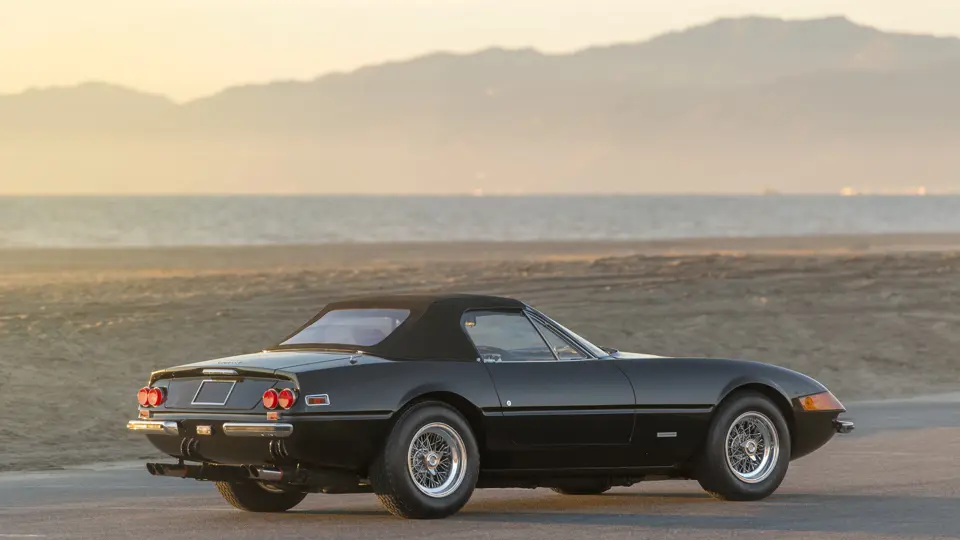



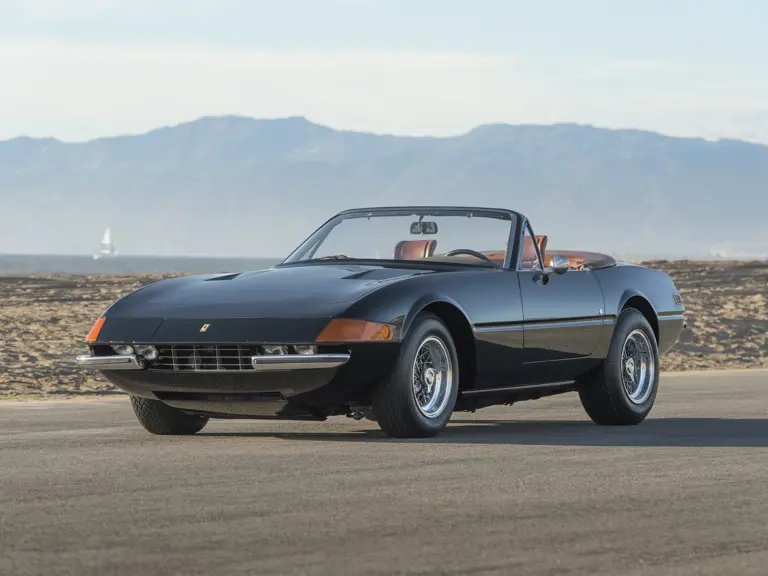
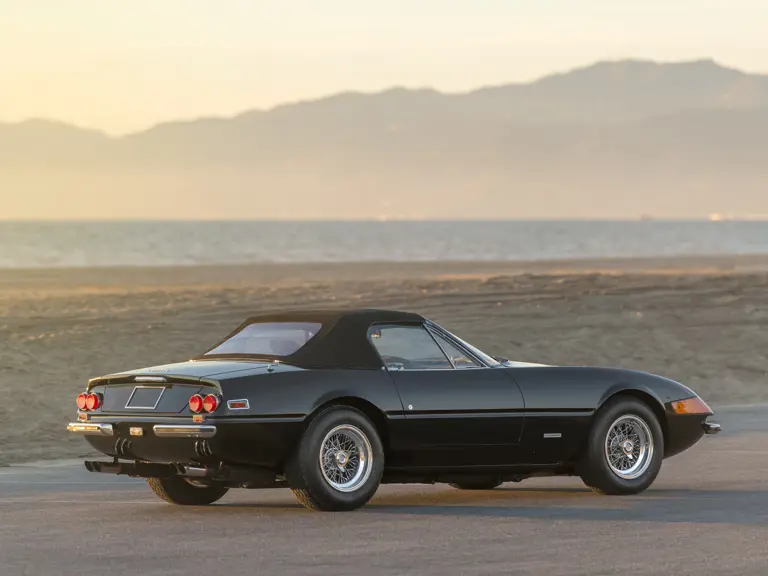
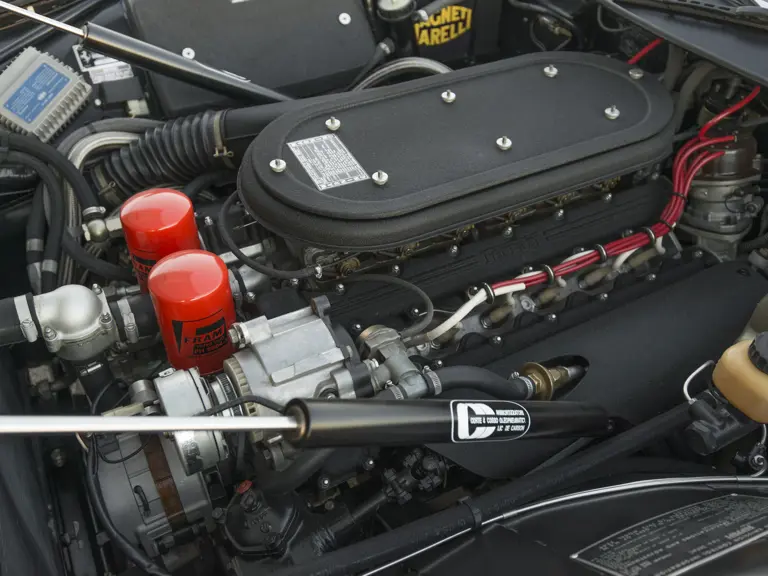

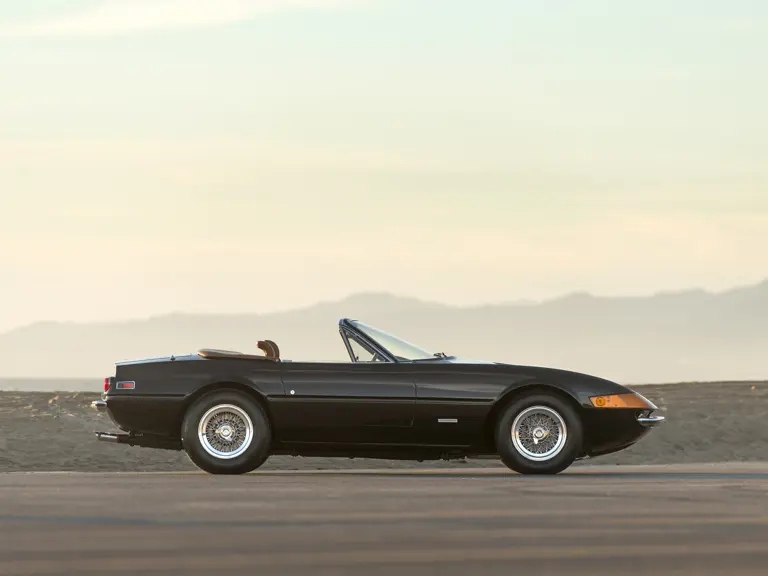

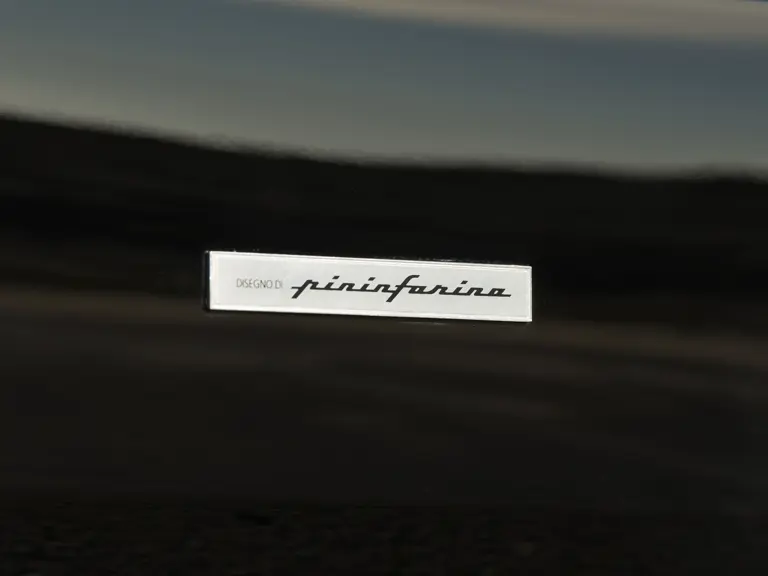
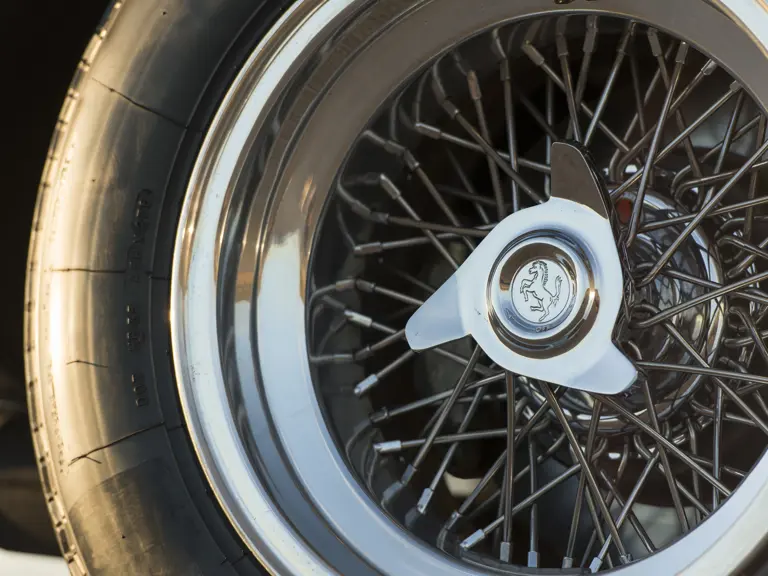
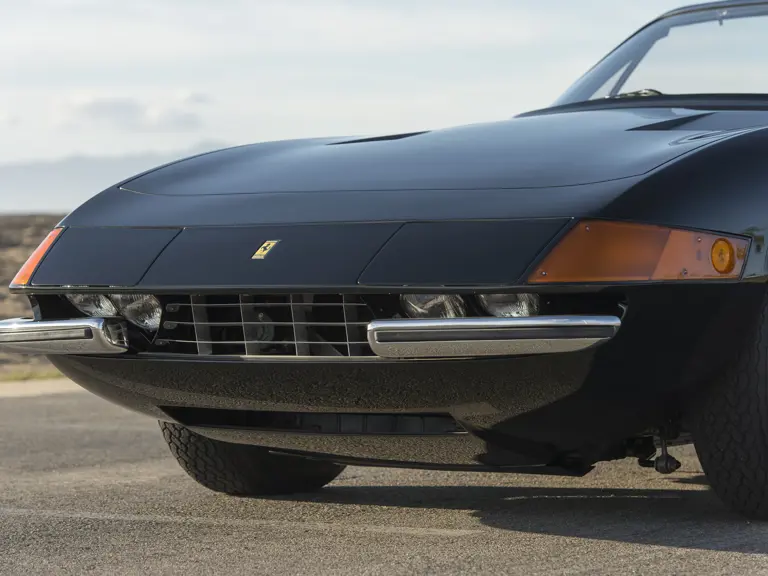
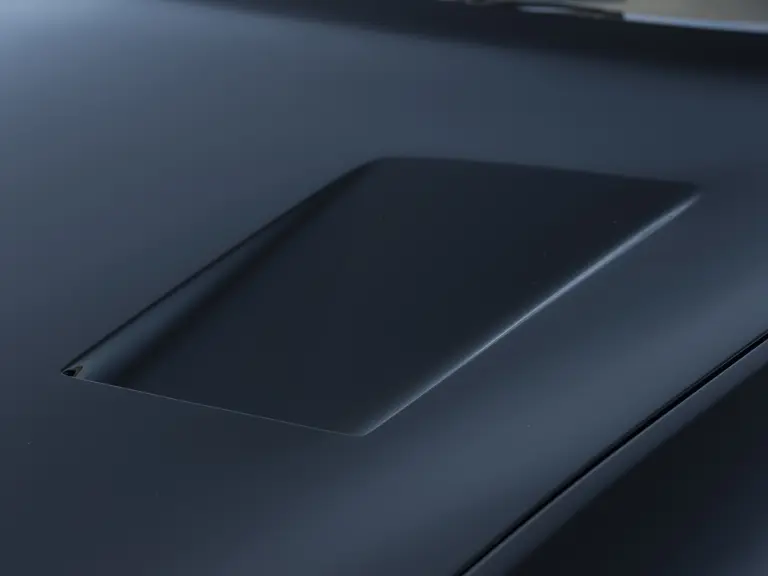

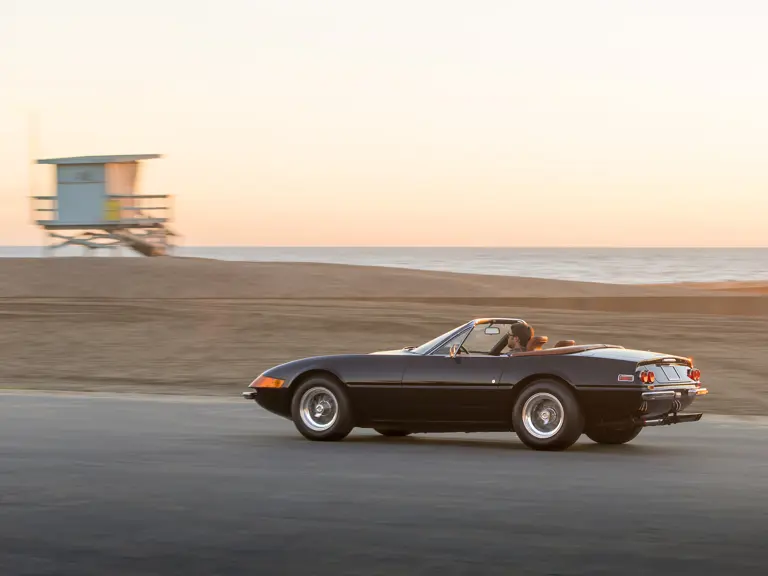
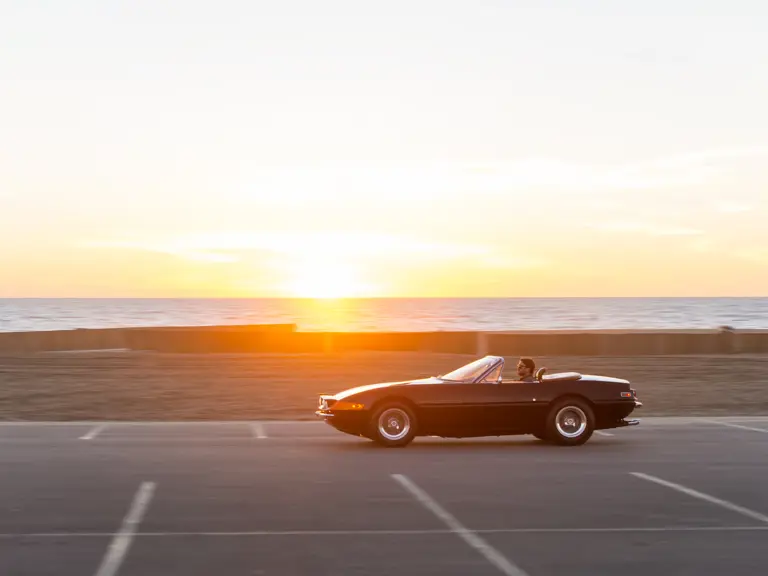
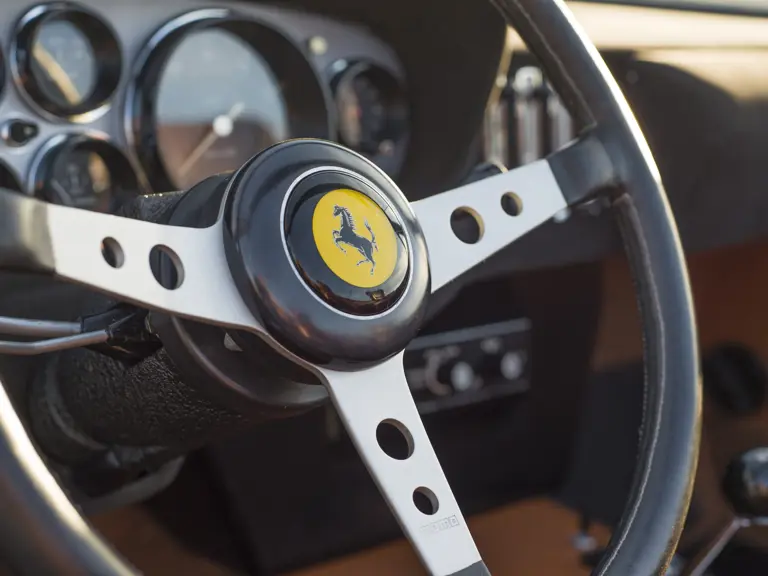
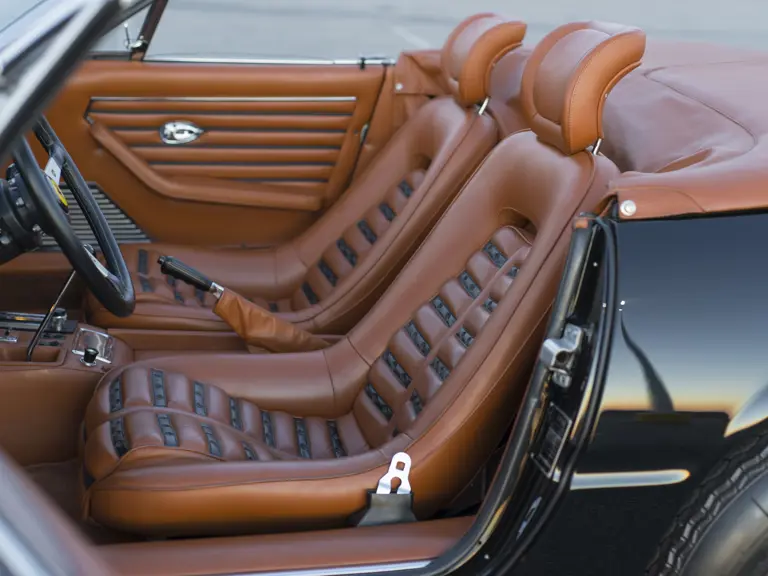

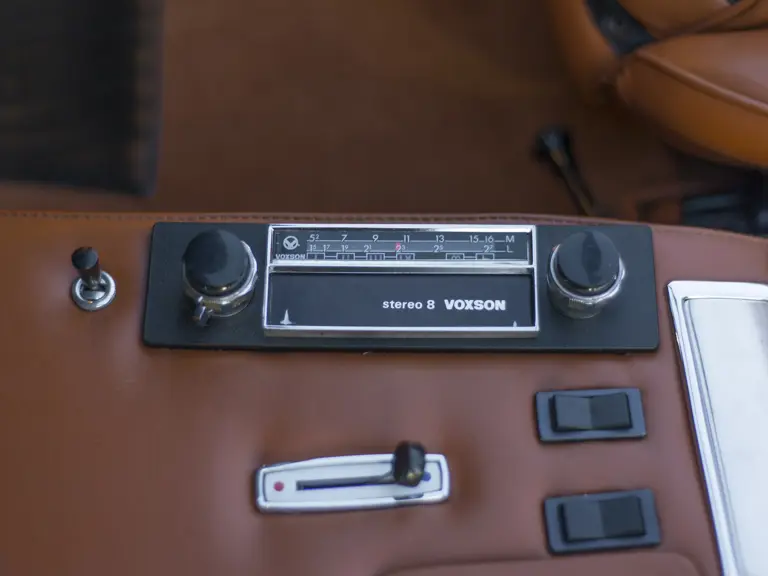
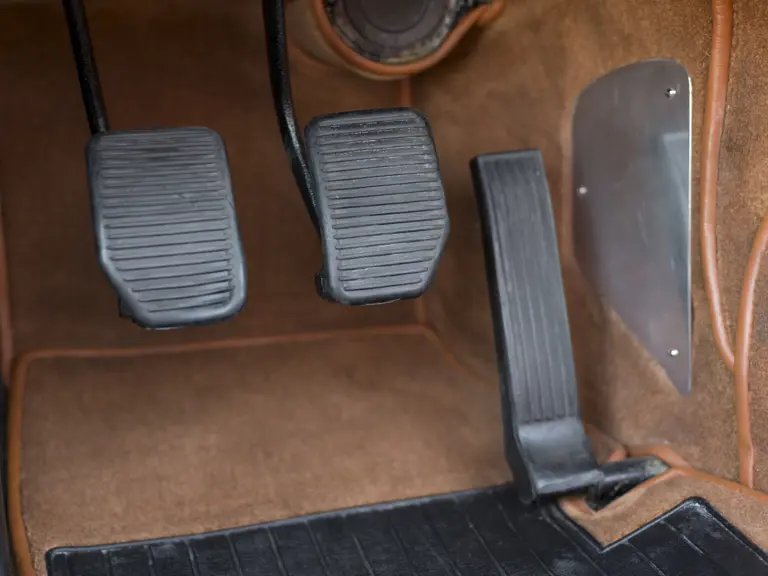

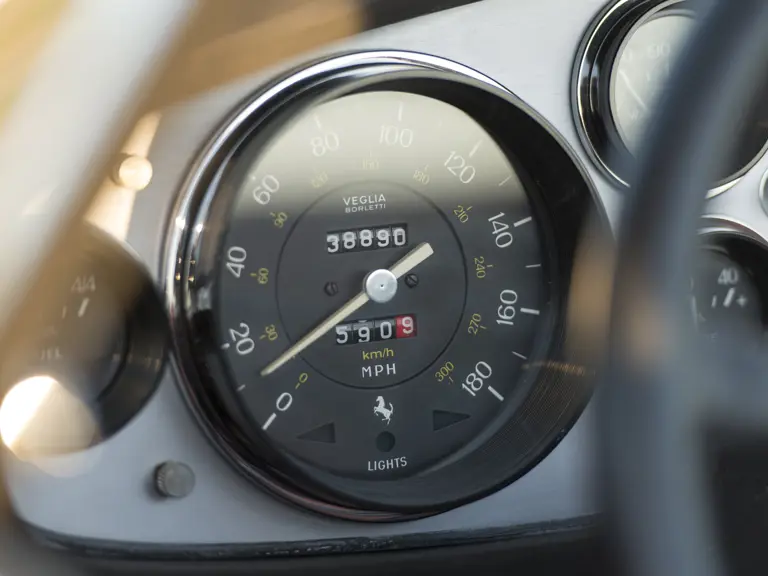
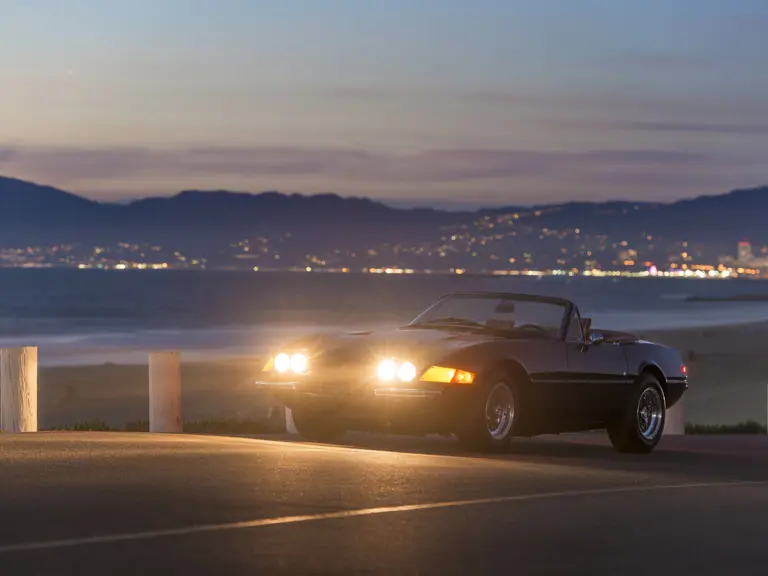

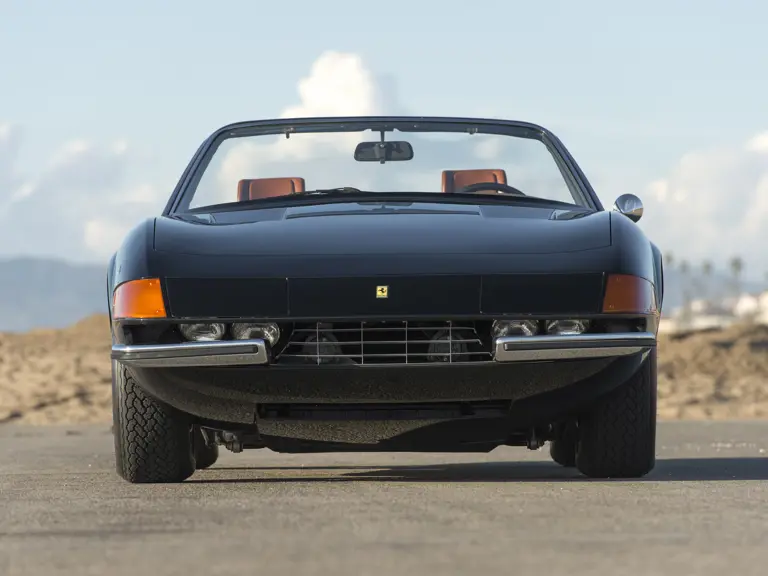

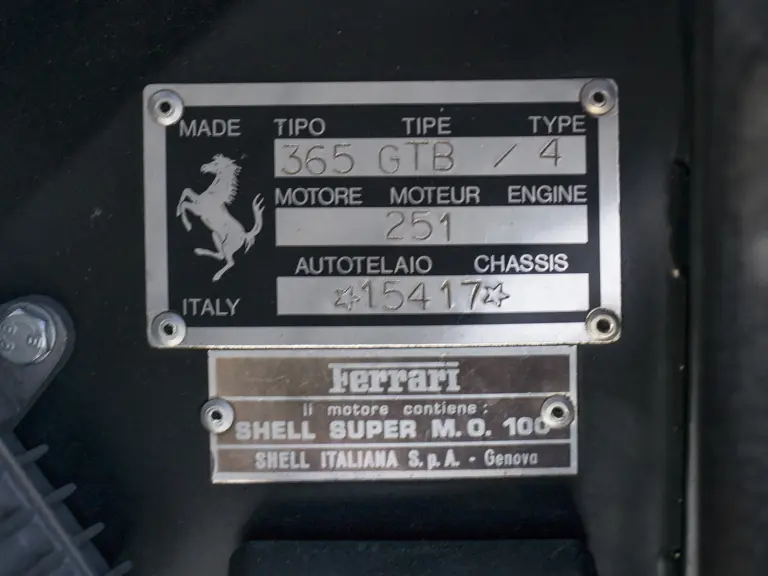

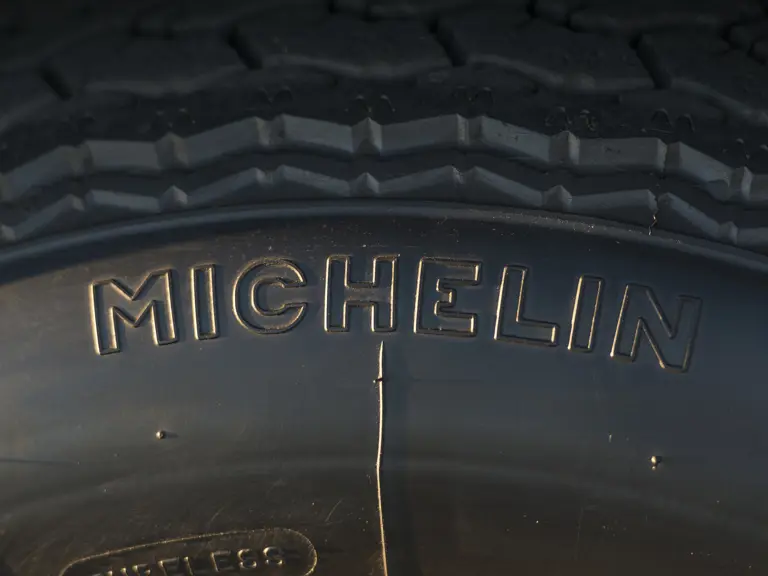
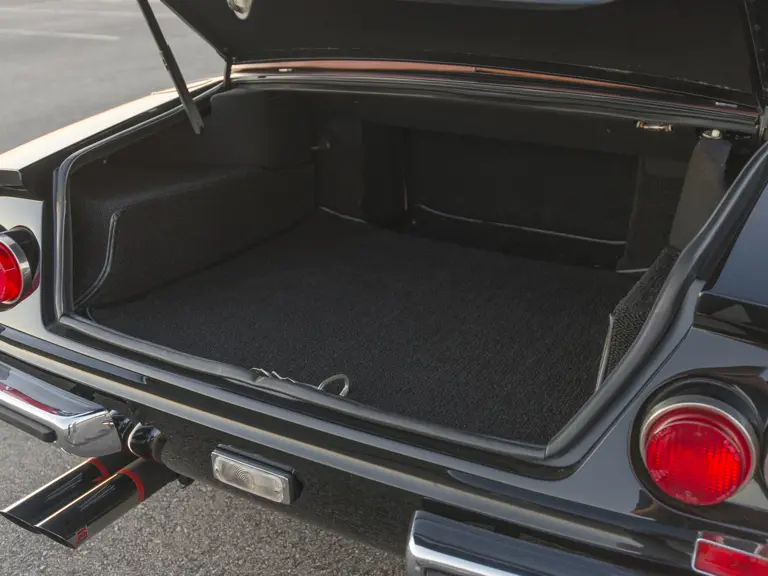
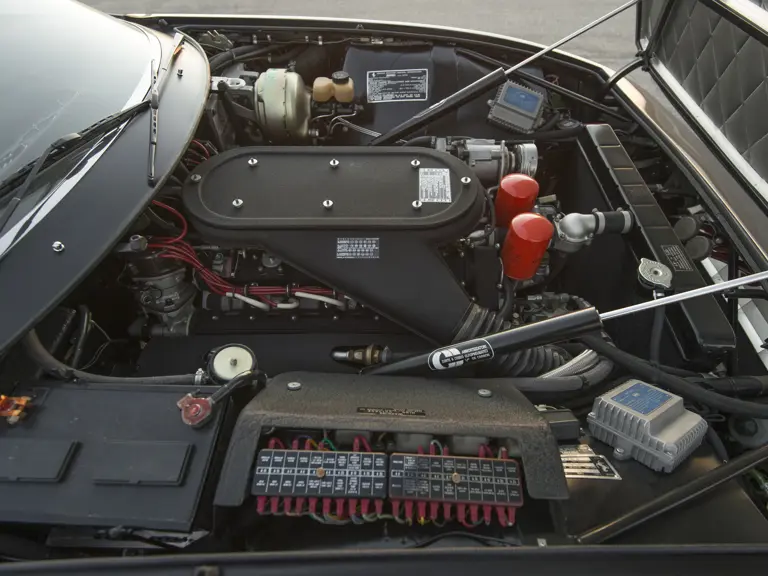
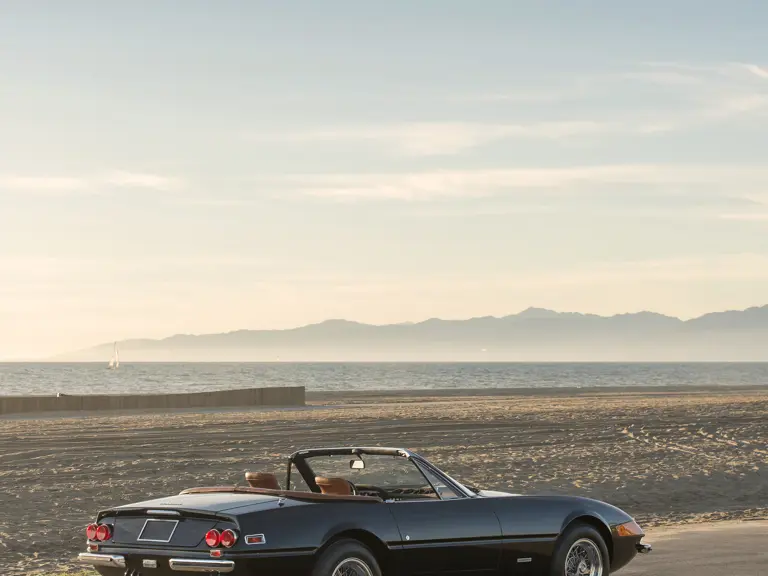
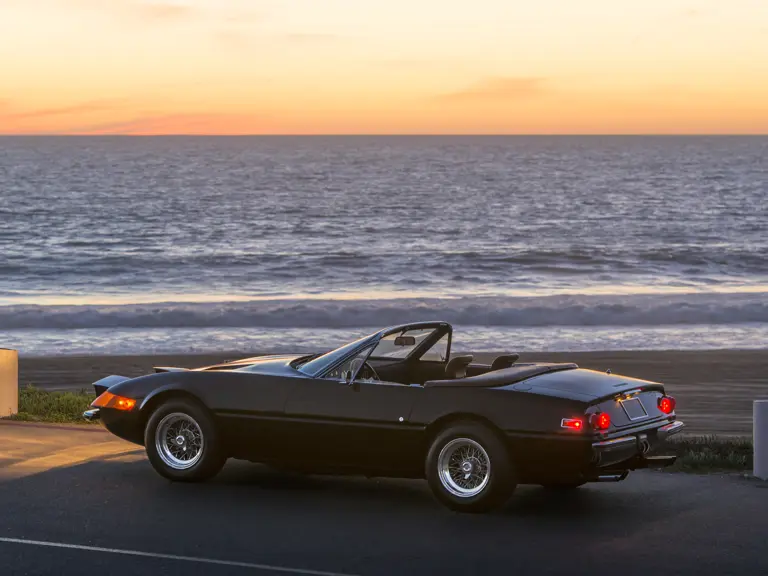
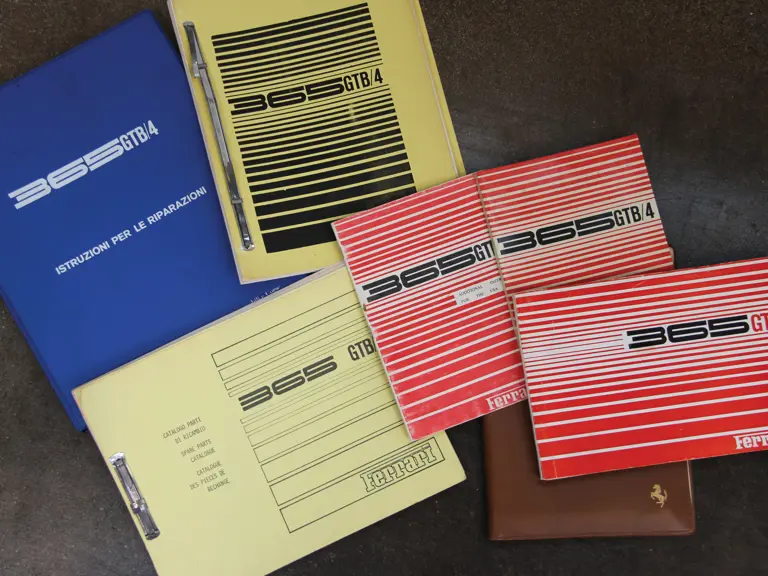


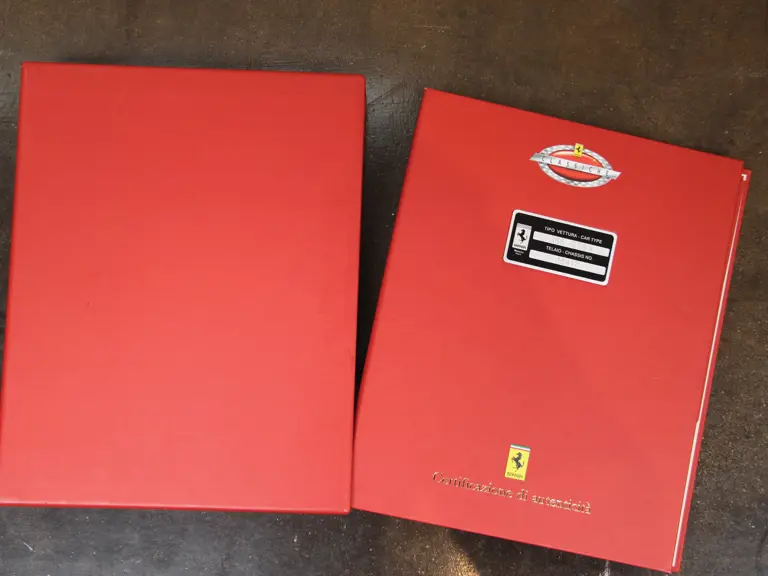
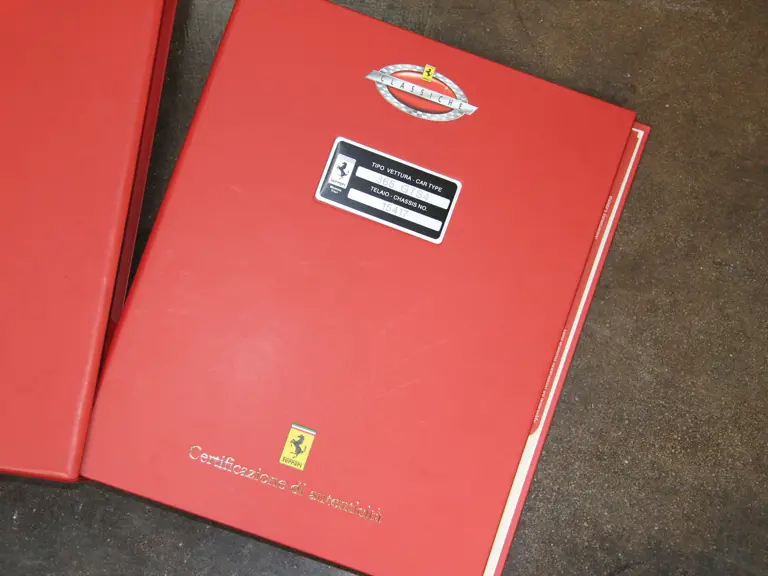

 | Amelia Island, Florida
| Amelia Island, Florida
